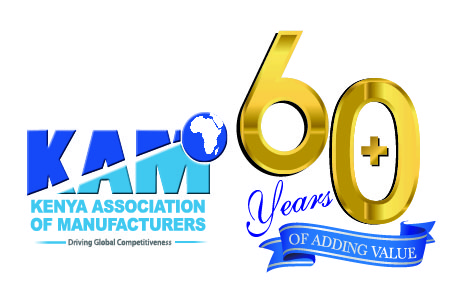What we need to kick-start our economy
By Sachen Gudka
In 1965, a tiny country in Asia was expelled by its ‘Mother Country’. At its point of departure from the Federation of Malaysia, Singapore, a 580-square Kilometer Island, had no natural resources to speak of and no established industries. Fast forward to 2016, Singapore was ranked 10th in the Top 10 richest economies by the IMF and number 3 last year, in the Global Competitiveness index. In just 54 years, Singapore has made a remarkable leap to become one of the most advanced economies in the world.
Kick-Starting our economy
For this to happen, Singapore made two very strategic decisions: the first was to grow their local industries’ capacity to export, and secondly, to attract investment through sound fiscal and monetary policies.
Kenya is now ripe for an economic transformation, but how can we kick-start our economy? Injecting liquidity into the market, Parastatal Reforms and Focusing on SMEs, are paramount steps.
Injecting liquidity into the market.
The Kenyan Economy grew by 4.9% in 2017 and has grown by 5.7% in 2018, according to the World Bank Report on Global Economic Prospects released this month. A growth rate of 5.7% in 2018 is fairly robust, but still falls below the 10% growth rate per year aspired under Kenya’s Vision 2030.
There have been tell-tale signs that the economy is not in good shape marked by the unprecedented increase in profit warnings, an increase in non-performing loans and decline in the performance of the three Nairobi Securities Exchange (NSE) indices. These are indicative that businesses are not creating enough margins to meet obligations such as debt repayments and profits.
One reason for this situation, is the huge sums of money owed to businesses by both the National and County governments. Maize Millers, for example are owed 23 Billion by the Government and related agencies.
The liquidity constraints brought on by this are worsened by accumulated credits arising from VAT Refund formula and Withholding VAT. At the end of June 2018, 23 manufacturers were owed approximately 3.6 billion as outstanding refund amount, according to an internal survey carried out by Kenya Association of Manufacturers (KAM) to its members. Many of these date as far back as 2016.
Industry has engaged Treasury and KRA to change the VAT refund formula and bring Withholding VAT down to 2% from 6%, and this needs to actioned urgently.
Interest rate Cap
Critically, we need to modify or remove the interest rate cap altogether, to kick-start the demand side of the economy.
Since the introduction of the Interest Rate Cap, banks have shifted lending to corporate clients and government at expense of SMEs and personal household loans. According to The Interest Rate Capping on the Kenyan Economy 2018 Report by CBK, this decline in private sector credit has mostly impacted the manufacturing sector, specifically SMEs, affecting liquidity.
Further, it is important that we revert to risk-based lending to stimulate lending by banks to private sector, as well as, close the rift between savings and borrowing rate. This will inject cash flow into the market enabling businesses to meet operational costs and plan expansions.
Parastatal Reforms
There is an urgent need to revisit the Parastatal Reform conversation with a view to curbing excessive Government spending. The more Government spends on parastatals, the more resources are diverted from a more productive private sector.
This contributes to the liquidity problem as Government funds go towards sustaining an estimated 300 existing parastatals. Additionally, as Government spending rises, the pressure to increase taxes also goes up. Overburdening the taxpayer leads to significantly lower disposable income, and becomes a drag on the demand side of the economy, as is the case now.
Micro, Small and Medium Enterprises (MSME’s)
Lastly, we need to be keen on accurately defining MSME businesses in order to craft, targeted and sector-specific policy interventions. For instance, an MSME company that imports raw material or input, for local manufacture of products to distribute within a town or across the country, requires very different interventions from one which brings in ready-made products to directly sell to consumers.
This kind of differentiation and tailoring of policies will be important in breaking cycles that continue to render MSMEs unproductive and unprofitable. Many financial institutions have declared a lot of support to MSMEs, but the access to finance issue still persists because the above distinction has not been established. Nonetheless, some efforts on this front are budding, for instance Kenya Association of Manufacturers’ upcoming launch of an SME Hub that will target the specific needs of manufacturing SMEs at different growth stages.
Actualizing the above will kick-starting the economy, guaranteeing continued domestic income generation and investment growth.
The writer is the Chairman of Kenya Association of Manufacturers and Vice Chair of the COMESA Business Council and can be reached on info@kam.co.ke.
Looking for elevation? KAM lifts you up.
- Direct technical assistance
- Capacity building programmes
- Networking and mentorship
- Industry insights & analysis
- Trade & export development services
